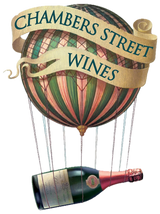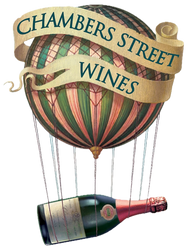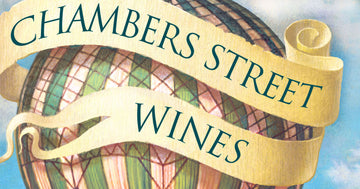Barolo Brunate from Claudio Boggione
11/5/2019

Map from "Barolo MGA Vol. 1" by Alessandro Masnaghetti
“The vineyards of Brunate are divided by the administrative boundary which separates the townships of Barolo and La Morra. A border which has no particular effect from the viticultural and oenological point of view, given that the MGA [ie: the vineyard of Brunate] extends over one sole slope characterized by an exposure which is both homogenous and excellent. Of great significance, instead, are the differences in elevation, which, once again, do not seem to concretely affect the masculine and austere character which makes the Barolo produced in the cru one of great distinction (even if, to indulge in certain disquisitions, the Brunate of Barolo seems to distinguish itself by a dryer and more authoritarian style than that produced in La Morra.)" Alessandro Masnaghetti, in Barolo MGA, Vol. 1
The photo above offers another reminder of just how compact Barolo is: in the foreground are some of Boggione's vines in Brunate; the white boxy structure in the middle is a horrible new winery in Cannubi - you can make-out the ridge of Cannubi above, and beyond that Villero and other vineyards in Castiglione Falletto.
Climbing Brunate makes for a brisk walk that inevitably gets me huffing and puffing. Brunate is a steep hill, rising from 230 to 400 meters (Cannubi Boschis, which faces Brunate, starts at 220 meters). Claudio Boggione owns the southeastern tip of Brunate, and even in his small vineyard there’s a significant change of elevation in a short distance. When I first tasted his wine, I thought, “yep, that’s Brunate”, by which I mean, in part, Barolo that’s both elegant and powerful, with a rich core. I’d expect a certain austerity and reticence in young Brunate, but also wine that’s aromatically expressive. Brunate is close to the center of the Barolo zone, and in some ways good Brunate might be the textbook wine to show if you want a complete and balanced example of Barolo – all the elements in harmony, and characteristic intensity. Boggione’s wine is a harmonious neighbor with my recollections of other fine Brunate - from the Rinaldi’s, (old) Ceretto, and Marcarini. Boggione’s winemaking follows the basic form of these classic wines: indignenous yeast fermentation with 20-30 day maceration, 2+ years in 25HL Slavonian and French oak (all 15+ years old), bottled unfined and unfiltered.
Grape growers and vendors of wine in bulk for generations, the Boggiones only began to sell in bottle in 2008, but their wine expresses their calm confidence and deep knowledge of their land and vines. I find their Brunate totally satisfying in its strong sense of place, classic character, and just plain deliciousness.
-Jamie Wolff


